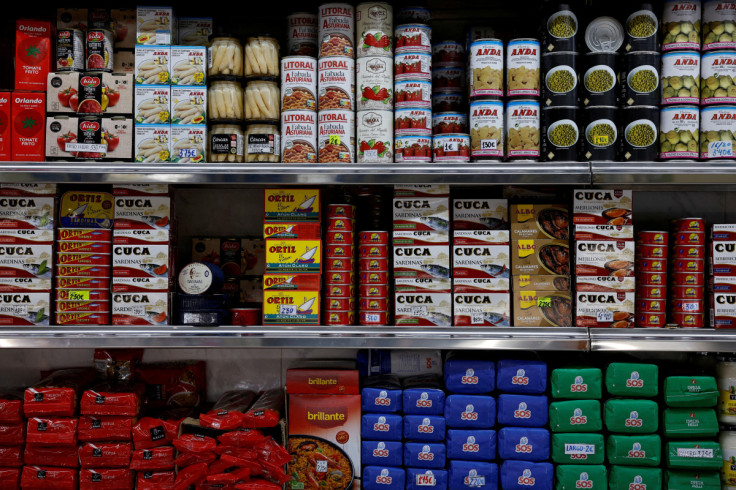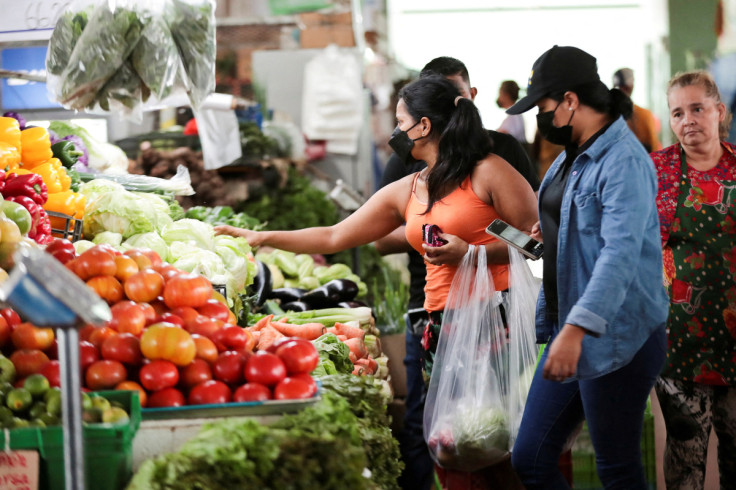Slowing Growth Exacerbates Debt Strains, Corporate Bankruptcies Loom - IIF

Slowing economic growth is pushing up global debt levels, especially in emerging markets, the Institute of International Finance (IIF) said on Wednesday, warning of a significant rise in corporate bankruptcies ahead.
The global debt-to-GDP ratio - a widely used measure to gauge a borrower's ability to pay back debt - rose to 350% in the first increase in five quarters, the IIF found. In emerging markets, that ratio climbed by nearly 3.5 percentage points to 252% of gross domestic product, reflecting the "hit from a sharp slowdown" in economic growth.
"Inflationary pressures have not been high enough to bring debt ratios down," the IIF's Emre Tiftik wrote in the note.
The rise comes despite an overall decline in world debt, which shrank $5.5 trillion to $300 trillion in the three months to end-June in U.S. dollar terms - the first quarterly drop since 2018.
Debt in mature markets declined $4.9 trillion to just over $201 trillion, while a proportionally much smaller $0.6 trillion decrease in emerging markets put the total across developing economies at $99 trillion.
The decline in the overall amount of debt was driven by the dollar near 20-year highs against other main currencies as well as a slowdown in issuance.
A toxic mix of rising inflation fueled by soaring energy and food prices has pushed interest rates higher globally in recent months, in turn amplifying global recession risks. Meanwhile governments have ramped up spending to shore up economies from the energy shock.
"Concerns over a rapid slowdown in growth and rising social tensions due to higher energy and food prices will likely prompt more borrowing by governments," IIF economists said in the report, forecasting global debt-to-GDP to rise by another 2 percentage points by year-end.
(Graphic: Global sectoral debt in USD,
)
The data show that through August, year-to-date issuance of government bonds came in 20% below the same period in 2021. Government debt ticked down to $85.8 trillion but is up 21% from the $70.7 trillion in the first quarter of 2020, the data show, highlighting the fiscal stimulus ramp-up triggered by the coronavirus pandemic. (Graphic: Global sectoral debt as percentage of GDP,
)
Upward pressure on borrowing costs is set to continue with the U.S. Federal Reserve forecast to raise its benchmark rate by at least 75 basis points next week.
"A significant increase in (corporate) bankruptcies may well be on the cards as borrowing costs rise, which will make it quite challenging for central banks to engineer a soft landing without adverse implications for job markets," the IIF said.
Sovereign investment-grade issuers saw yields rise much less than riskier countries. The IIF data show 16 of the 35 countries with a major food crisis are already in or at high risk of debt distress.
The International Monetary Fund board could approve a new "food shock window" that would allow the fund to provide expanded emergency financing to countries in need, IMF Managing Director Kristalina Georgieva said on Tuesday.

© Copyright Thomson Reuters 2024. All rights reserved.




















